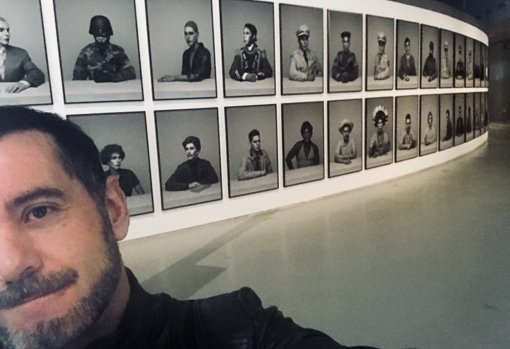Alexander Apóstol’s practice conforms a critical analysis of the aesthetic processes of political construction in his native Venezuela. Like other artists from his generation, who started to exhibit their work in the early-nineties, Apóstol used the tools of photography and video as key elements in a critique of representation, in which the visual culture produced by power and the mass media—with their stereotypes, clichés, concealments and propagandas—is co-opted as the raw material of the work of contemporary art.
The impact of his work is predicated on its singular two-pronged contextualization. On one hand, a focus on the way in which Western modernism transplanted to Venezuela managed to take hold as an aspirational mechanism, both for the working class as well as the economic elites. The rapid industrialization that went hand-in-hand with the proliferation of the new oil-based economy ran in parallel with a national project which embraced the modern movement as a model to emulate without questioning any of its contradictions. Apóstol operates on this whole legacy not just as a backdrop, by re-politicizing its constructivist roots, but as a figure, returning to the painterly object itself, to colour field painting.
The second crucial aspect is the concern with the way in which political powers have helped to construct a single model of national identity for the production of subjectivity in Venezuela. Apóstol gives material consistency to the local memory displaced by the autarchic regime of the Bolivarian Republic and its divergence with History. The epic national identity that cuts across the contemporary era in the country is rebuilt once and again in different series of works, to demonstrate once and again its consequences on people’s lives.
